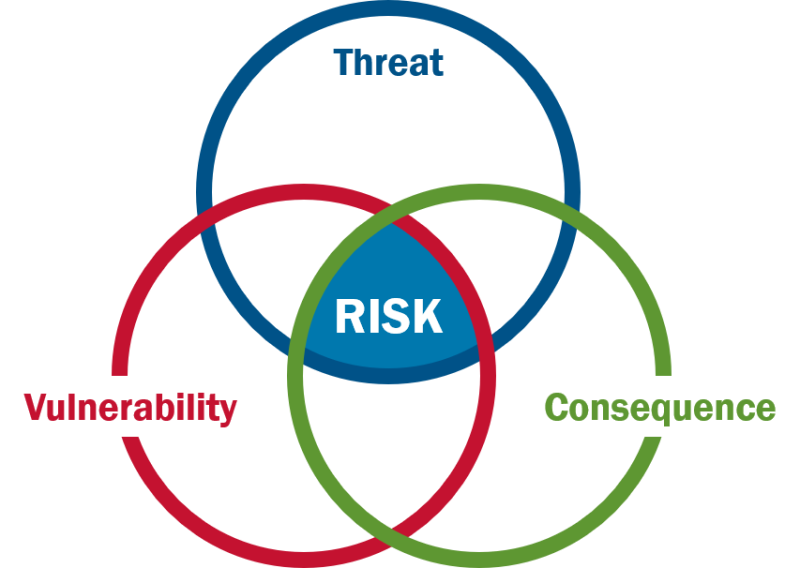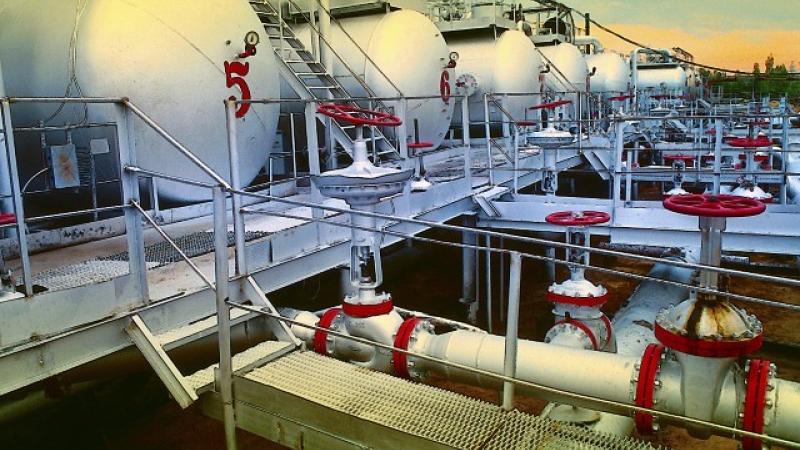Chemical Threat and Risk
More than 96% of all manufactured goods depend on chemicals in some way. These chemicals are used, manufactured, stored, and transported across global supply chains, forming the bedrock of industries that touch nearly every aspect of American life—from microchips to food processing. In the wrong hands, however, many of the chemicals that businesses interact with every day could be used as weapons.

Facilities with dangerous chemicals have long been attractive targets for terrorists around the world who aspire to conduct sensational attacks that could potentially cause a significant number of deaths and injuries. Threats include physical attacks, theft or diversion of chemicals, cyberattacks, unauthorized drone activity, and malicious activities by facility personnel, among others.
The risk of an unwanted outcome resulting from an incident or event involving dangerous chemicals has three components: the threat of a dangerous chemical being weaponized, the vulnerability of the facility to an attack, and the consequences of an incident if the threat were to occur. Mitigating any of these three components lowers the specific risks presented by on-site chemicals.
Download our Potential Threats flyer:
Chemical Security
The Cybersecurity and Infrastructure Security Agency (CISA) is a recognized international leader in chemical security with more than a decade of experience assisting facilities in building tailored security plans to prevent terrorist exploitation of their chemicals.

Chemical Facility Anti-Terrorism Facility Standards (CFATS)
As of July 28, 2023, the statutory authority for the Chemical Facility Anti-Terrorism Standards (CFATS) program (6 CFR Part 27) expired. Therefore, CISA cannot enforce compliance with the CFATS regulations at this time.

ChemLock
From on-site consultations to chemical security training, the ChemLock program offers voluntary, scalable, tailored options for facilities looking to enhance their chemical security posture and reduce the risk of dangerous chemicals being weaponized.

Ammonium Nitrate Security Program
The ANSP is a proposed regulatory program that seeks to reduce the likelihood of a terrorist attack involving the misuse of ammonium nitrate by creating a registration program for purchasers and sellers.




